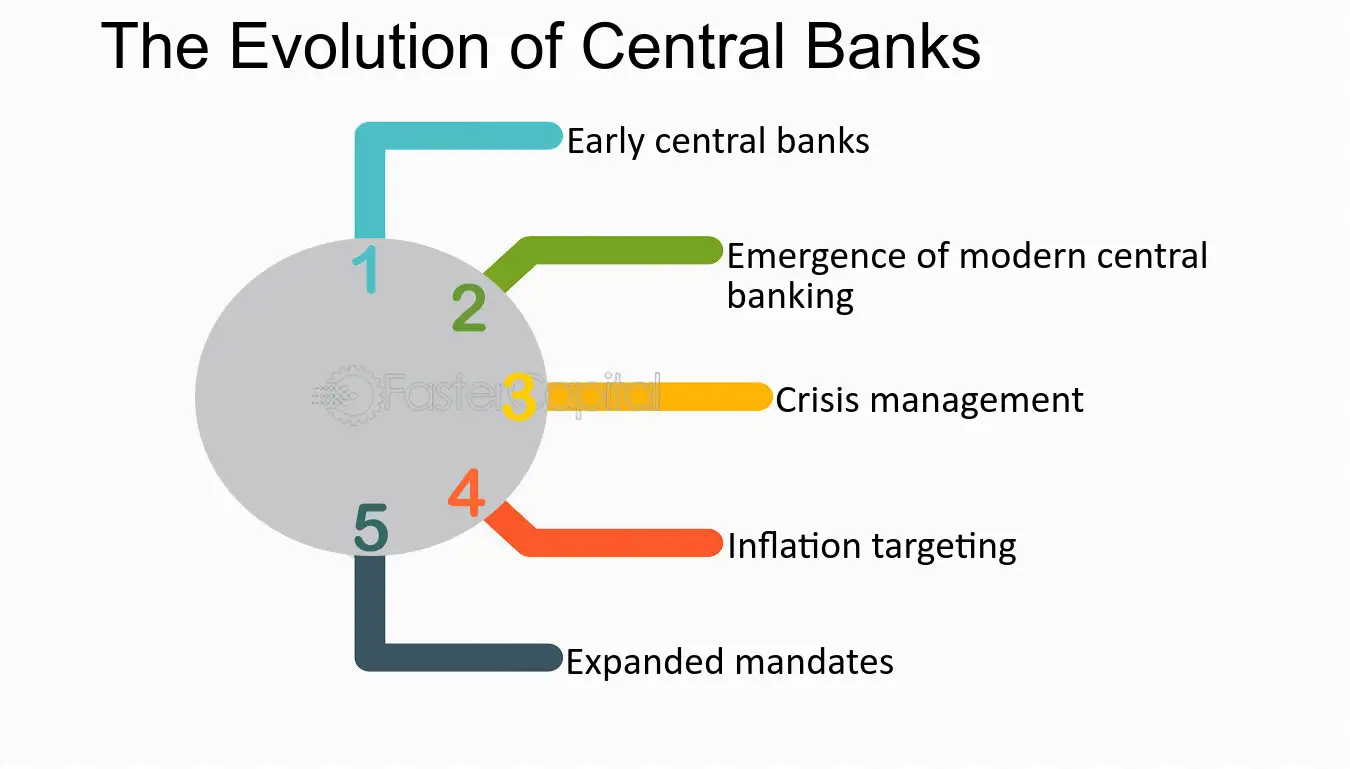Trade Smart, Not Stressed: Setting Alerts and Notifications That Save Time and Emotion

18/08/2025
Author: Shaharia
Trading can be overwhelming. Watching markets constantly creates stress, anxiety, and even impulsive decisions. Alerts and notifications solve this by bringing the market to you, so you don’t have to be glued to your screen 24/7.
For beginners, alerts offer a balance between opportunity and emotional well-being, allowing you to act promptly without constant monitoring.
Types of Alerts and Notifications
-
Price Alerts: Notify you when an asset reaches a specific price, helping you enter or exit trades on time.
-
Volume Alerts: Highlight unusual trading activity, signaling potential opportunities or risks.
-
Technical Indicator Alerts: Triggered when conditions like RSI, MACD, or moving averages reach pre-set levels.
-
News & Event Alerts: Keep you informed about earnings reports, market news, or macroeconomic events.
-
Portfolio Alerts: Notify you about significant changes in your holdings, helping you stay on top of your risk.
Price Alerts: Notify you when an asset reaches a specific price, helping you enter or exit trades on time.
Volume Alerts: Highlight unusual trading activity, signaling potential opportunities or risks.
Technical Indicator Alerts: Triggered when conditions like RSI, MACD, or moving averages reach pre-set levels.
News & Event Alerts: Keep you informed about earnings reports, market news, or macroeconomic events.
Portfolio Alerts: Notify you about significant changes in your holdings, helping you stay on top of your risk.
Each type helps you maintain awareness while reducing stress and impulsive decisions.
Setting Up Alerts Effectively
-
Define Your Strategy First: Know your entry, exit, and risk levels before creating alerts.
-
Choose Relevant Triggers: Use only alerts that support your trading plan to avoid overload.
-
Select Delivery Methods: Platforms offer pop-ups, emails, SMS, or app notifications—choose what fits your lifestyle.
-
Test and Adjust: Start with a few alerts and monitor their effectiveness. Adjust thresholds to reduce noise.
-
Combine with Automation: Alerts can work alongside trading bots, letting automation handle execution when signals appear.
Define Your Strategy First: Know your entry, exit, and risk levels before creating alerts.
Choose Relevant Triggers: Use only alerts that support your trading plan to avoid overload.
Select Delivery Methods: Platforms offer pop-ups, emails, SMS, or app notifications—choose what fits your lifestyle.
Test and Adjust: Start with a few alerts and monitor their effectiveness. Adjust thresholds to reduce noise.
Combine with Automation: Alerts can work alongside trading bots, letting automation handle execution when signals appear.
Emotional Benefits of Using Alerts
Alerts protect your mental state. Instead of chasing prices or reacting impulsively, you receive timely information without stress or panic. They help beginners:
-
Stay calm and focused
-
Avoid emotional trading mistakes
-
Gain confidence by acting strategically
Alerts essentially act as a supportive guide, letting the market communicate with you in a controlled, thoughtful way.
Tips for Beginners
-
Start Simple: Focus on one or two types of alerts initially.
-
Avoid Over-Alerting: Too many notifications can create anxiety.
-
Use Alerts to Learn: Observe how the market reacts to each alert and refine your strategy.
-
Review Regularly: Adjust thresholds and types based on experience and changing market conditions.
Start Simple: Focus on one or two types of alerts initially.
Avoid Over-Alerting: Too many notifications can create anxiety.
Use Alerts to Learn: Observe how the market reacts to each alert and refine your strategy.
Review Regularly: Adjust thresholds and types based on experience and changing market conditions.
Final Thoughts
Effective alerts and notifications transform trading from a stressful chase into a strategic, mindful activity. They allow beginners to remain informed, act decisively, and maintain emotional balance.
By setting up alerts thoughtfully, traders can focus on growth, learning, and consistent execution—while letting the tools handle the constant monitoring.



















